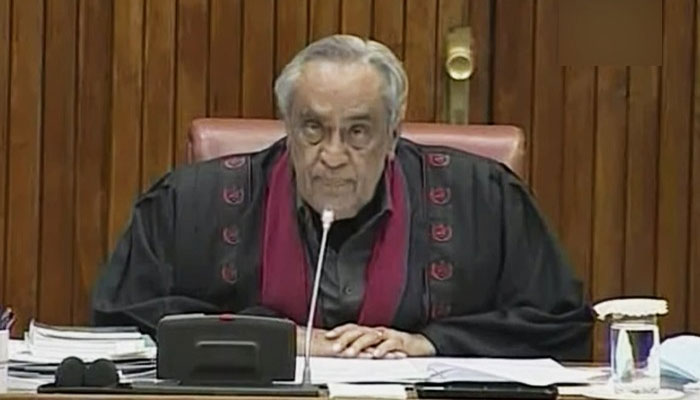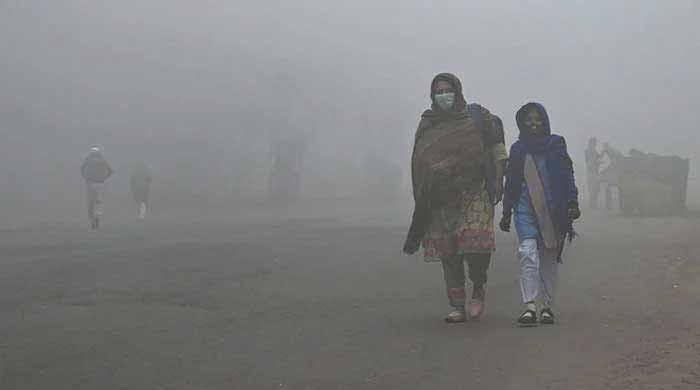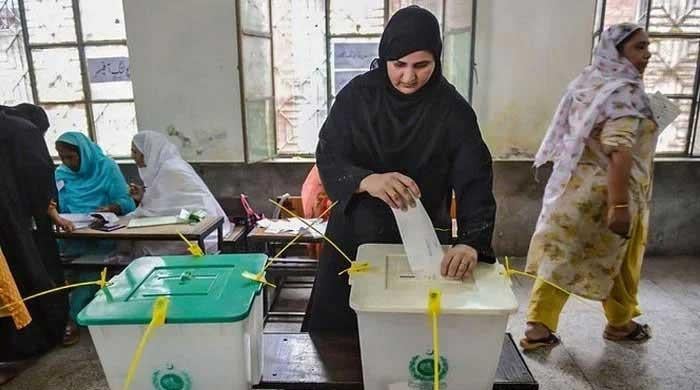Senate chairman election: What rules did the presiding officer read out?
A debate has unfolded after results were announced in Sadiq Sanjrani's favour despite the opposition's majority in the Upper House
March 12, 2021

Prior to the voting in the race for the Senate chairmanship between the Opposition's Yousaf Raza Gillani and government-backed Sadiq Sanjrani, the Presiding Officer, Senator Syed Muzaffar Hussain Shah, read out the rules to lawmakers for casting their ballot.
These were as under:
- Every ballot paper has been printed in Urdu with names of the candidates also written in Urdu.
- The names of lawmakers will be called out in alphabetical order.
- The lawmaker will approach the senate secretary, who will issue them a ballot paper.
- The ballot papers for the post of the chairman are green in colour.
- The contesting candidates' names will appear in Urdu on one side of the paper, next to which there is a square box.
- The lawmakers will take this paper to the polling booth, where a stamp has been made available. They must stamp the box in the middle.
- If they make a mistake, prior to putting the ballot paper in the ballot box, they must approach the secretary. The presiding officer will ensure that a new paper is issued.
- When folding the paper, ensure that it is done in a manner that does not ruin the ballot.
- The stamp will be changed after every 25 votes so that the ink does not appear dim.
- Mobile phones, cameras and electronic devices are all prohibited from being taken inside the booth.
- Polling will close at 5pm after which counting of votes will begin. The result will be announced right after and the chairman will be sworn in.
- The procedure to mark the ballot paper is also outlined in writing by the ballot box.
What unfolded after the counting of votes had ended, has cast a pall over the Senate chairman elections. Sanjrani emerged as the victor with 48 votes versus his opponent Gillani's 42, in a shock result despite the opposition's majority in the Upper House with 51 voters.
The presiding officer determined seven votes cast in favour of Gillani as invalid, whereas another one was discarded as the stamp appeared on both candidates' names — a total of eight votes rejected.
The placement of the stamped vote has been challenged by the opposition, who claim the procedure was correctly followed by the seven lawmakers whose votes were rejected. They have argued that the stamp can be placed anywhere in the box — including on the name of the candidate.
The government, meanwhile, has argued that the stamp needs to be placed in front of the candidate's name, not on it.









